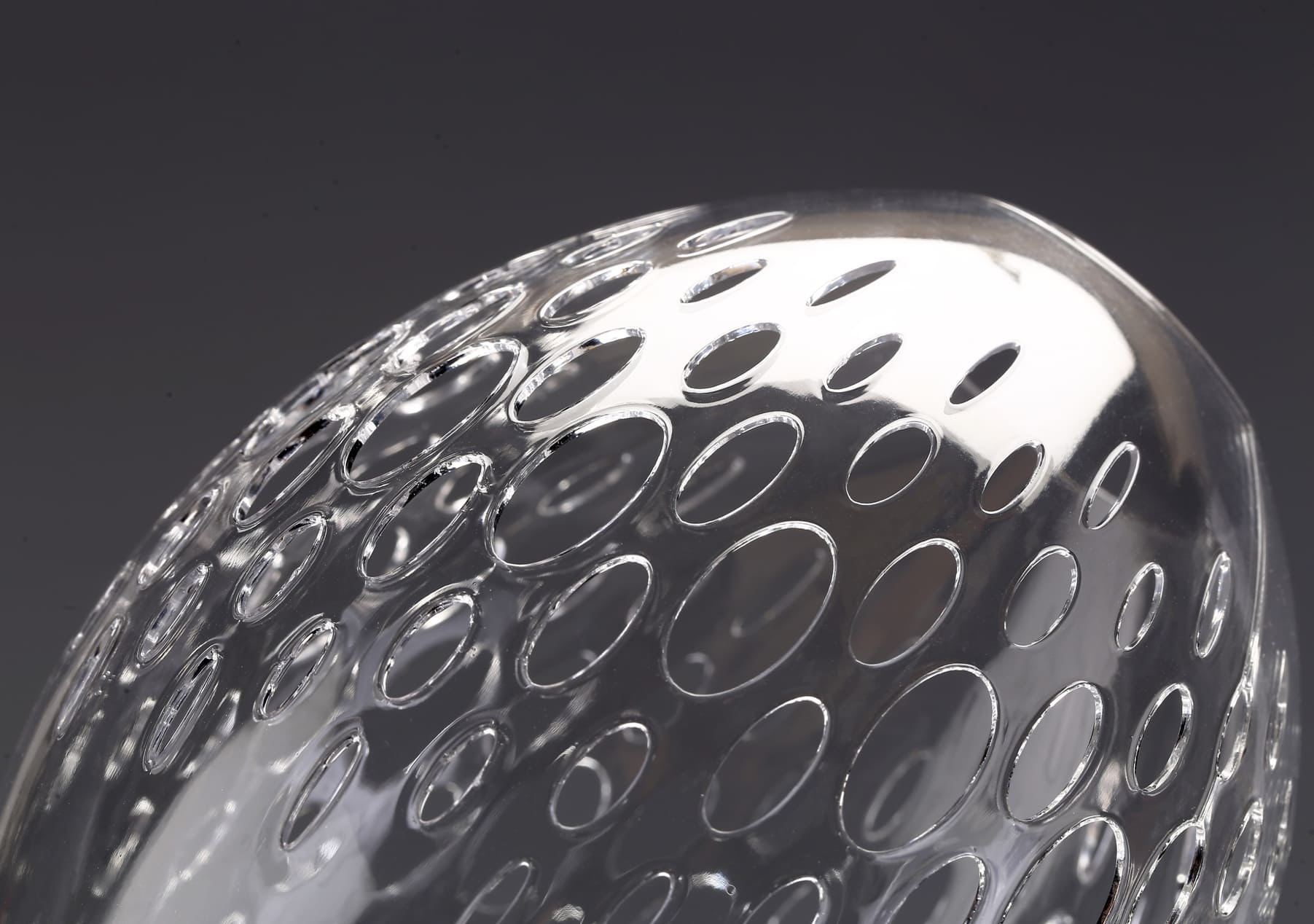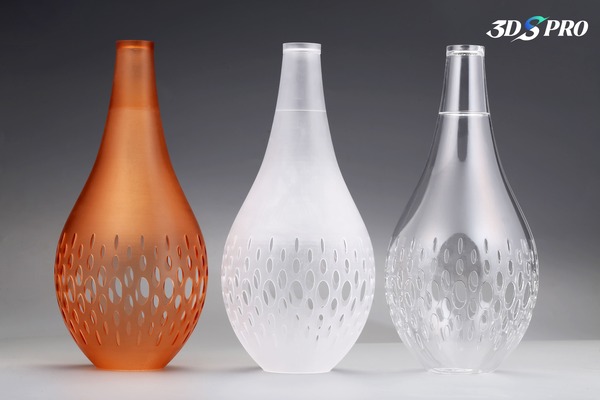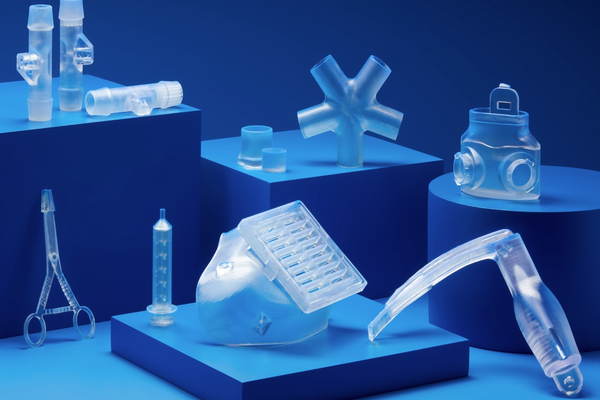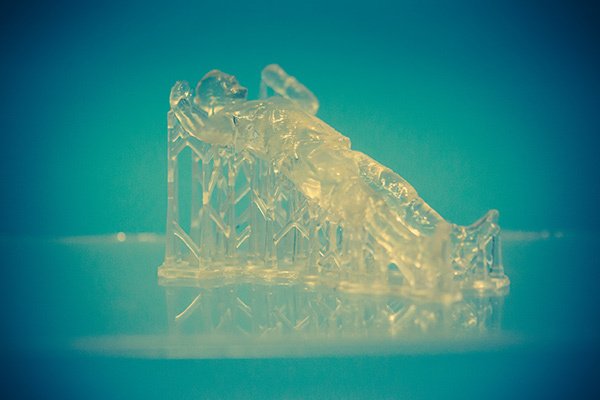In recent years, resin-based 3D printing has gained popularity among hobbyists, designers, and engineers for its ability to produce high-detail parts and smooth surface finishes. One of the most common questions users ask is, “is 3D printed resin toxic?” The answer is It Depends-on the resin formulation, how you handle uncured material, and whether you follow proper post-processing and safety protocols. With the right precautions, resin printing is safe—but mishandling uncured resin can lead to skin irritation, respiratory discomfort, or sensitization.
Common Formulations of 3D Printable Resins
Resins used in SLA, MSLA, DLP, and LCD 3D printers are typically UV-curable photopolymer formulations. The most prevalent types include:
• Acrylate-Based Resins: Popular for general-purpose printing; fast cure times and good mechanical properties.
• Epoxy-Based Resins: Offer excellent strength and chemical resistance, favored for functional prototypes and tooling.
• Polyurethane (PU) Resins: Known for toughness and flexibility, often used in impact-resistant applications.
• Specialty Resins: Dental, jewelry, and bio-compatible grades formulated for niche industries.
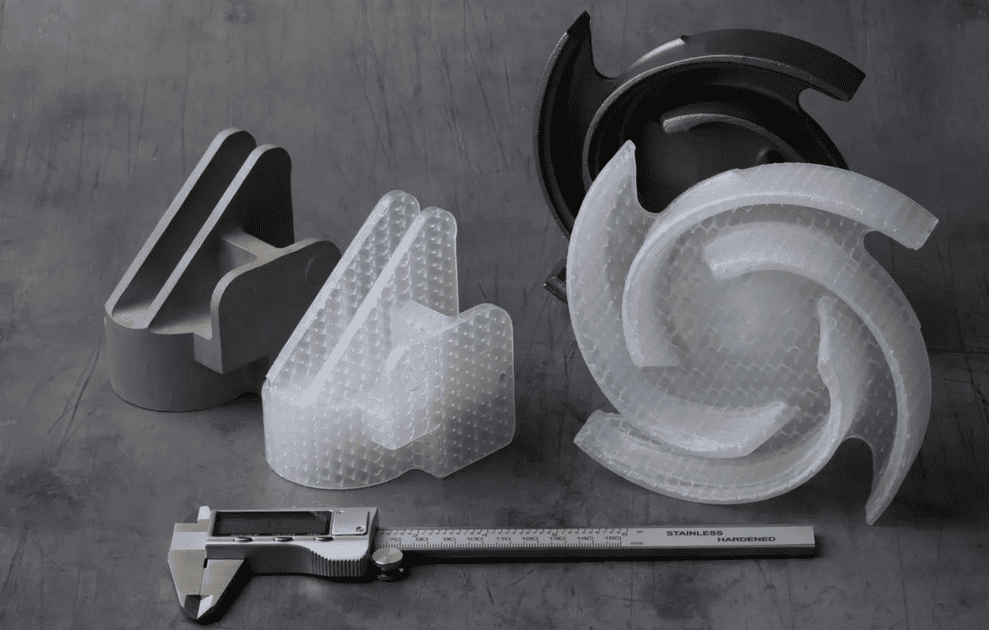
Image Source: Fromlabs
Chemical Composition & Potential Hazards
At their core, photopolymer resins consist of three main components:
• Monomers & Oligomers: Liquid chemicals (e.g., acrylates, methacrylates) that polymerize under UV light.
• Photoinitiators: Compounds that absorb UV and trigger polymer chains to link together.
• Additives & Stabilizers: Pigments, inhibitors, and UV stabilizers to fine-tune color, pot life, and mechanical properties.
While fully cured resin is relatively inert, uncured monomers and photoinitiators can cause skin irritation, allergic sensitization, respiratory irritation, or, in high concentrations, systemic toxicity. Proper handling is essential to minimize risks.
Routes of Exposure
Understanding how toxic components can enter the body helps you implement effective safety measures. The primary routes are:
1. Skin Contact: Direct contact with liquid, uncured resin can lead to dermatitis or chemical burns.
2. Inhalation: Volatile organic compounds (VOCs) released during printing or solvent washing can irritate the lungs and mucous membranes.
3. Ingestion: Accidental transfer via contaminated hands to mouth, though rare, poses a potential hazard.
4. Particulate Dust: Sanding, trimming, or polishing resin prints generates airborne particles that may cause respiratory irritation if inhaled.
Health Effects
Health effects depend on the duration and level of exposure as well as individual sensitivity:
Short-Term Effects
Skin redness, itching, blisters; eye watering; throat irritation; headache and lightheadedness from solvent vapors.
Long-Term Effects
Repeated skin exposure can lead to contact dermatitis or sensitization (permanent allergies). Chronic inhalation of VOCs has been linked to respiratory issues and neurological symptoms in extreme cases.
Fully Cured vs. Uncured
Once properly UV-cured, most harmful monomers are converted into inert polymers. However, insufficient curing or deep sections may still harbor unreacted chemicals.
Alternatives & Low-Toxicity Resins
Bio-Resins
Formulated from plant-based monomers (e.g., soybean or castor oil derivatives) with reduced VOC emissions.
GRAS-Certified Resins
“Generally Recognized As Safe” for incidental food contact; often used for dental or medical models.
Water-Washable Resins
Allow post-processing with water instead of isopropyl alcohol (IPA), cutting down VOC exposure.
Hybrid Resin–Filament Systems
Combine resin detail with filament robustness, reducing the total volume of liquid chemicals used.
Safe Tips of Using Resin 3D Prints
1. Personal Protective Equipment (PPE)
- Nitrile gloves (avoid latex)
- Safety goggles or face shield
- Respirator with organic vapor cartridges if ventilation is limited
2. Ventilation & Workspace
- Use in a well-ventilated room or dedicated fume extraction enclosure
- Keep solvent washing and UV curing areas separate
3. Handling & Storage
- Store resin in tightly sealed, UV-blocking containers at room temperature
- Label containers clearly and keep away from children and pets
4. Post-Processing
- Rinse prints in fresh IPA or recommended solvent, then air-dry before UV curing
- Fully cure parts under a UV lamp or sunlight for the recommended duration (typically 5–10 minutes per side)
5. Waste Disposal
- Do not pour waste resin or IPA down drains—collect and dispose according to local hazardous waste regulations
- Filter and recycle IPA when possible to reduce costs and environmental impact
FAQs
Q: Can I touch a fully cured resin print without gloves?
A: Once properly post-cured, resin prints are generally safe to handle with bare hands. However, residual uncured spots can linger—inspect for tackiness and, if necessary, give the print extra cure time.
Q: How do I know if my resin has fully cured?
A: A fully cured print will feel hard, have no sticky surfaces, and resist slight flexing. If in doubt, extend UV curing in 2–5 minute increments.
Q: What do I do if resin contacts my skin?
A: Immediately wipe off excess resin with a dry paper towel, wash thoroughly with soap and water, and apply moisturizer. Seek medical attention if irritation persists.
Q: Is it safe to print jewelry or dental models with resin?
A: Only use resins specifically formulated and certified for dental or skin-contact applications. Always follow the manufacturer’s safety data sheets (SDS) and post-processing guidelines.













